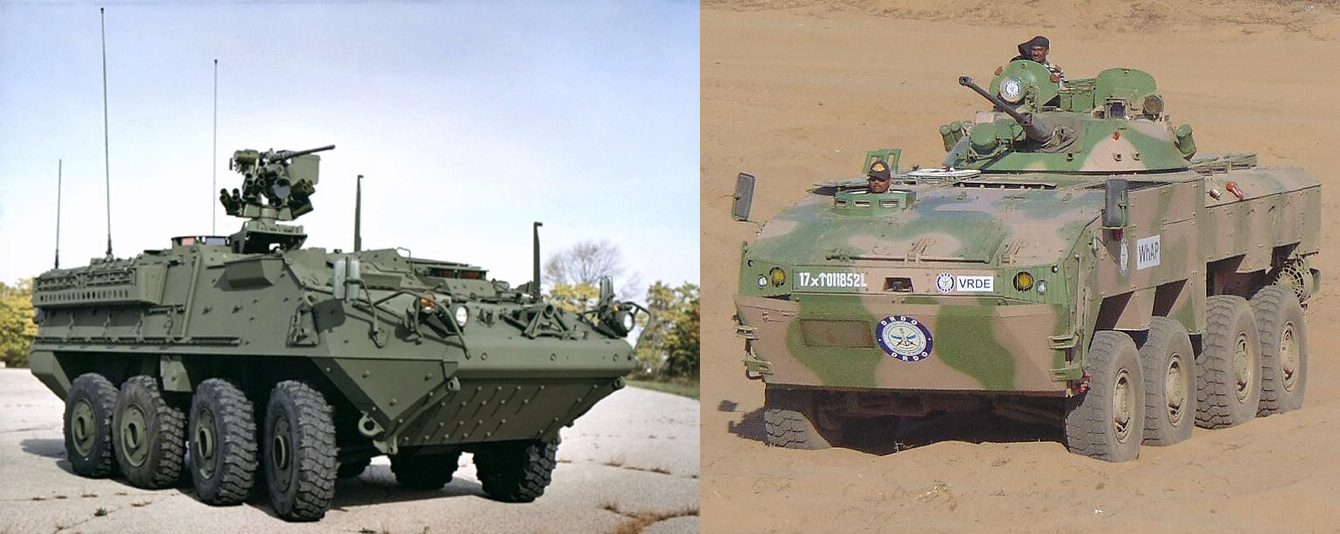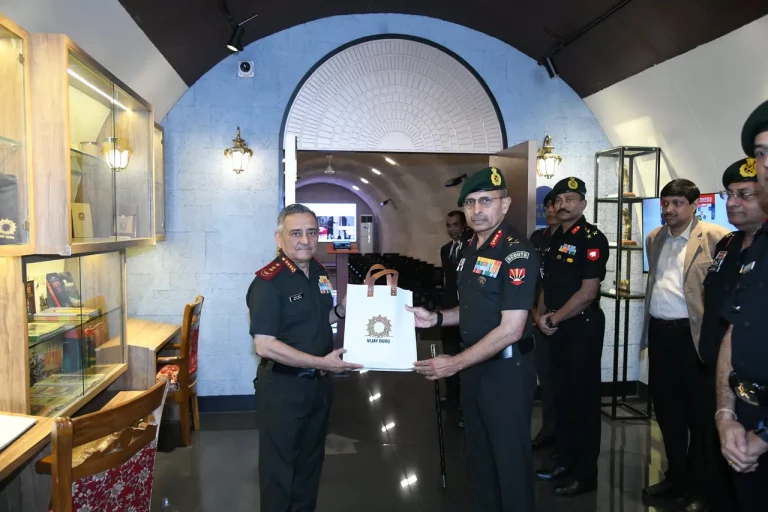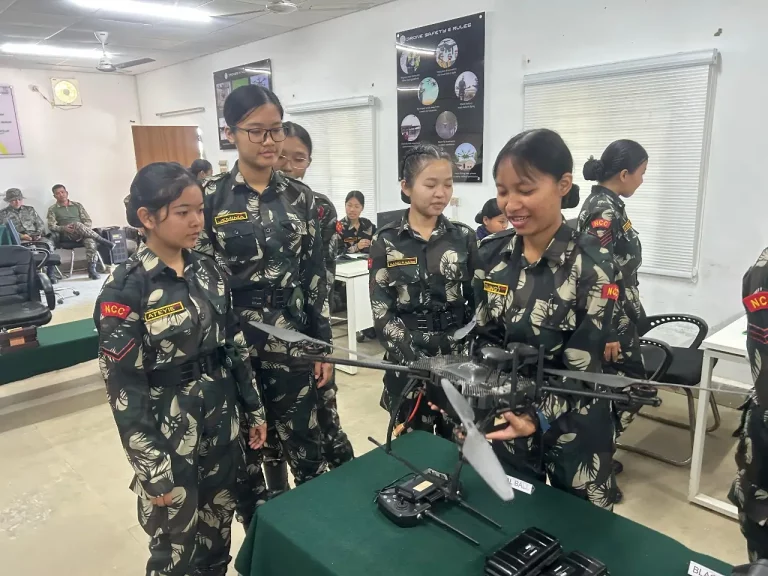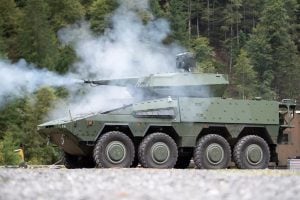In a pivotal advancement towards self-reliance in defense manufacturing, the Indian Army has made the significant decision to reject the U.S.-made Stryker Armored Personnel Carrier (APC). This decision came after the vehicle failed to perform adequately during rigorous high-altitude trials in Ladakh, known for its challenging terrain.
The Army has instead endorsed the indigenous Advanced Armoured Platform (AAP) Wheeled variant, which represents a substantial and modular enhancement of the domestically developed WhAP 8×8 vehicle. This vehicle was engineered by the Defence Research and Development Organisation (DRDO) in collaboration with various private sector partners.
Tested under a potential government-to-government agreement with the United States, the Stryker, manufactured by General Dynamics Land Systems and featuring a 360 hp Caterpillar C7 engine, struggled in the demanding and low-oxygen environment of the Himalayas. This region poses unique operational challenges for India’s military forces. Observers previously highlighted the Stryker’s expeditionary design as ill-suited for the mountainous border zones, advising that future acquisitions should consider vehicles powered by more robust engines, ideally with capabilities of 600 hp or greater, to ensure better performance in high-altitude conditions.
Conversely, the DRDO’s AAP Wheeled variant has demonstrated its effectiveness in challenging terrains and combat scenarios, including successful deployments in Ladakh and amphibious operations. The platform’s design incorporates advanced features such as steel and composite armor, mine blast resistance, and accommodates modern weaponry like anti-tank guided missiles. With over 80% indigenous content, the AAP aligns seamlessly with India’s Atmanirbhar Bharat initiative, aiming to reduce the nation’s reliance on foreign suppliers.
The momentum for this indigenization effort gained further traction during a symbolic metal-cutting ceremony held at Tata Advanced Systems Limited’s facility in Pune, in partnership with Bharat Forge Limited. This event marked the official kickoff for manufacturing both the wheeled and tracked variants of the AAP, with the initial batch anticipated by October 2025. The Indian Army has already outlined plans to procure 198 units of the WhAP under the Buy (Indian-IDDM) category. Competing platforms from Tata’s Kestrel and Mahindra have emerged as frontrunners, while the U.S. Stryker has been effectively sidelined from consideration.
This strategic decision signifies a notable shift in India’s defense procurement approach, highlighting a commitment to indigenous innovation, adaptability to local conditions, and expedited development-to-deployment timelines. By prioritizing homegrown platforms like the AAP, the Indian Army is ushering in a new phase of modernization, driven by domestic capabilities and a quest for strategic autonomy in defense.



















